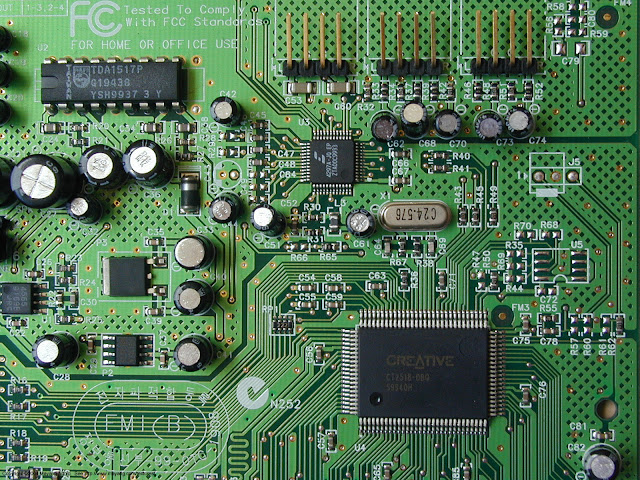This simple circuit can
monitor the charging process in 12 Volt Lead Acid battery or Tubular battery.
The status of LED indicates whether the battery is accepting charge or not. It
also indicates the full charge condition.
The circuit can be incorporated
in any battery charger like 6 volt, 9 volt, 12 volt etc. The only change needed
is replacement of the Zener ZD with appropriate value. That is for 6 volt
charger , use 6.1 volt Zener and for 9 volt charger it should be 9.1 volt
Zener.
Battery Level Monitor Circuit
The circuit is based on the switching of
two NPN transistors (BC547) to drive the corresponding LED. Zener diode ZD is
connected to the base of T1 so as to switch on T1 when the Zener conducts. This
happens only when the battery voltage is above 12 volts. Green LED lights when
the battery voltage is normal or battery attains full charge. Resistor R1 and
Preset VR adjust the base bias of T1 for smooth switching. When T1 conducts,
base of T2 will be pulled to ground and T2 turns off and Red LED
extinguishes.
When the circuit is connected to
the battery before charging the LED indications will be
1. If the
battery voltage is above 12 volts (that is the normal terminal voltage of 13.8),
Zener conducts and Green LED lights and Red LED remains off.
2. If the
battery voltage is below 12 volts, Zener remains non conducting and Green LED
remains off and Red LED lights.
3. When the battery is connected to the
charger, and if the battery is accepting charge, Green LED goes off and Red LED
remains on. When the battery attains full charge, Green LED lights and Red LED
goes off.
4. If the battery is not accepting charge, Green LED never lights,
even after the prolonged charging. This indicates that the battery is not
attaining the normal terminal voltage above 12 volts.
















